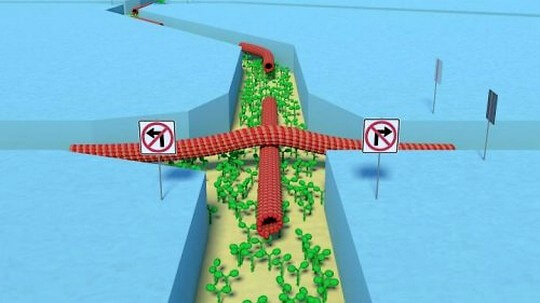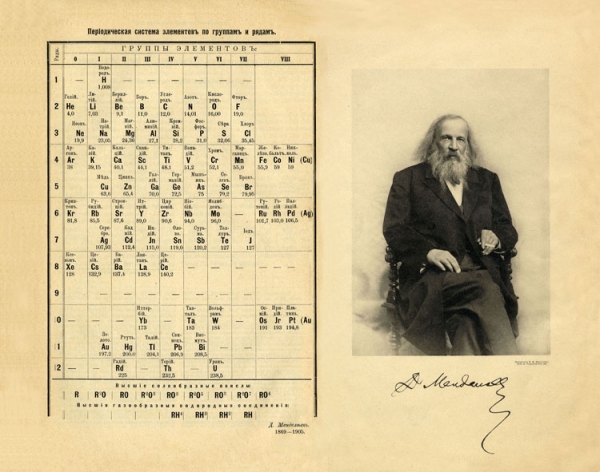
Andadenozintrifosfat (Adenosine triphosphate, ATP) is the chemical compound that provides energy to all cells in the bodies of living beings. In addition, this substance may be what will ensure the future functioning of the “half-dead” biological supercomputers.
This direction is engaged in an international group of scientists, led by Professor Dan Nicolau (Prof. Dan Nicolau), the head of the Department of Bioengineering McGill University. The group recently published an article in which describes the architecture model of a biological computer that can process information using multiple independent threads exactly the same as it is done in the bowels of the largest modern supercomputers.
The exception is that scientists created a prototype of a biological supercomputer has a size that is smaller than the CPU of a conventional computer. And due to the use of proteins that exist in all types of living cells, biological supercomputer requires a very tiny amount of energy compared to the energy of “appetites” is not only super, but conventional computers.
“We managed to create a very complex biological network and place it on the chip with a small area,” says Professor Nicolau. He started working in this direction together with his son more than a decade ago. After the first successful promotions, about seven years ago, his group was joined by scientists from Germany, Sweden and the Netherlands.
A prototype of a biological supercomputer, created by father and son Nicolau, came to light thanks to the combination of methods of geometric modeling and some know-how in the field of bio – and nanotechnology. All this is only the first step, which, however, demonstrates the real principles of misperception.
The scheme, created by scientists, is like a miniature map of the roads of a big city with heavy traffic. Just as on urban roads move cars and trucks of different brands and with different types of engines, consuming carried their own fuel, small channels of the chip moving molecules of different proteins.
In the case of a biological computer map of the city streets situated on a square chip, about the size of 1.5 centimeters. And the fuel used to propel the molecules through the channels of the chip, is the adenosine triphosphate. Since all processes on the chip the so-called biological control agents, it is generally not heated during operation.
Using the technology of parallel computations that are implemented by movements of molecules of certain proteins, the biological prototype of a supercomputer can produce a solution of very complicated classical computational problems. However, the researchers admit that they have still a lot of work and challenges to overcome before such biotechnology can be used to create large and powerful biological supercomputer.
“Now that we have a prototype and a detailed mathematical model of a biological computer, we need to develop our ideas further and make it more practical, through the use of various biological agents, for example,” says Professor Nicolau, – “it is very difficult to name even approximate terms when does it all become a reality. We still have to solve a lot of problems, the most important of which is the pairing of a biological supercomputer with an ordinary computer to create a hybrid computing system”.







